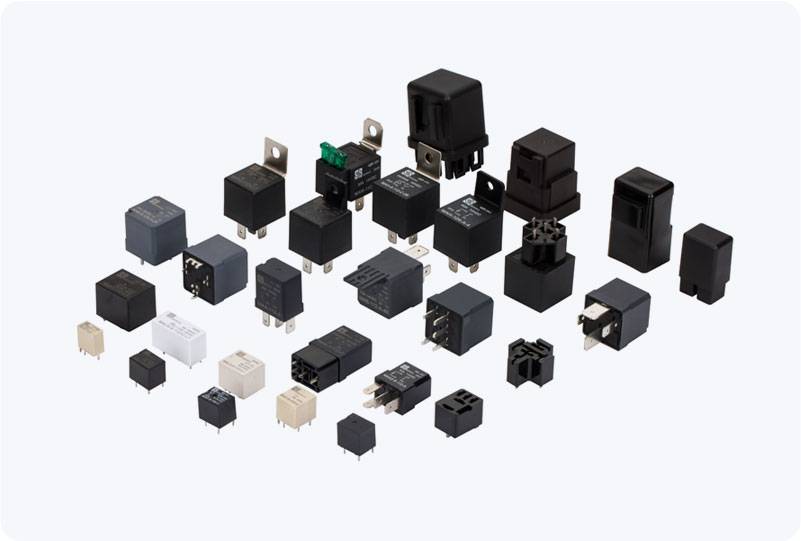understanding time relay: functions and applications in automation systems
Release time:2025-08-21 09:38:47
A Time Relay is a crucial component in electrical and automation systems, playing an essential role in managing delays in circuit operations. It is a type of relay that controls the switching process based on a pre-set time delay, ensuring that electrical devices and systems function in a timed sequence. Time relays are widely used in a range of applications, from household appliances to complex industrial processes, providing both convenience and safety. This article will delve into the working principles of Time Relays, their functions, and their applications in various fields.

What is a Time Relay?
A Time Relay, also known as a timing relay, is an electromechanical device that switches the output circuit on or off after a specified time delay. This delay can be adjusted according to the needs of the system it controls. The relay uses a time base, which can be either mechanical or digital, to determine the duration of the delay. Once the input trigger is activated, the relay waits for the preset time interval to pass before switching the output.
Time relays are typically used in systems where operations must be delayed, coordinated, or timed in a particular sequence. They are particularly beneficial in situations where a sequence of operations is necessary for safety, performance, or energy efficiency.

